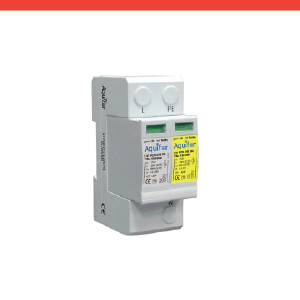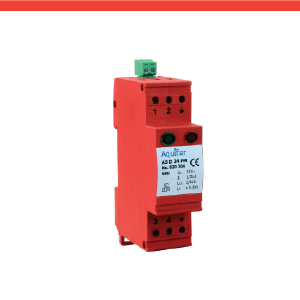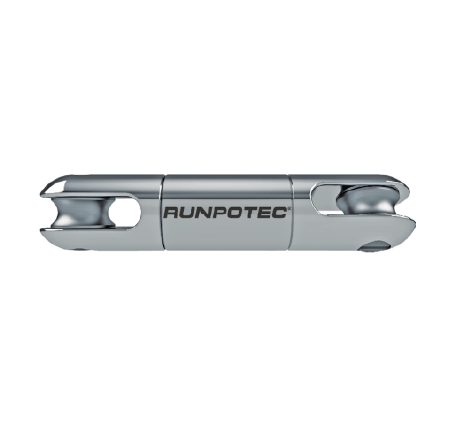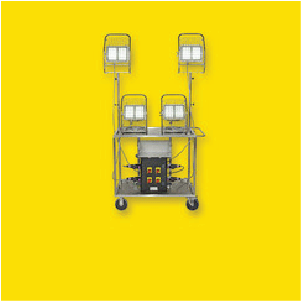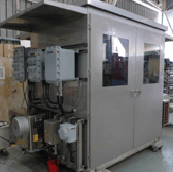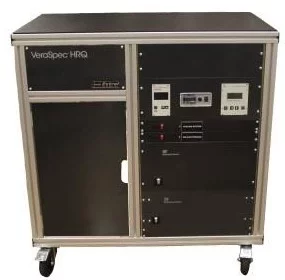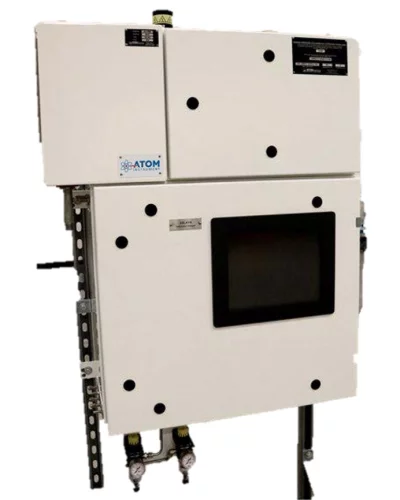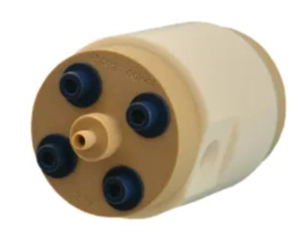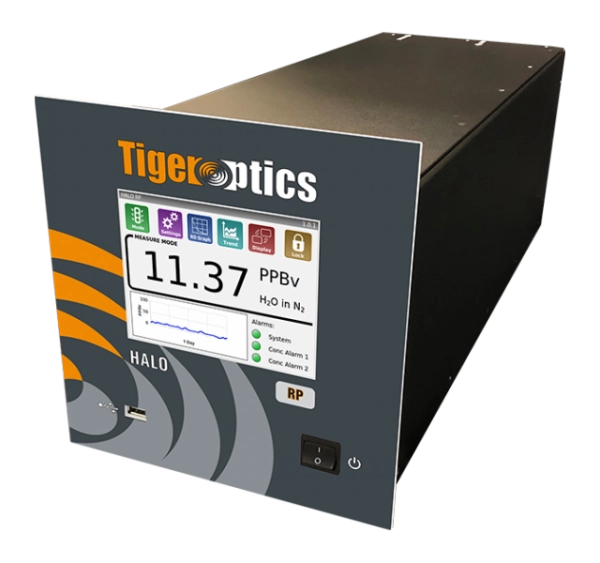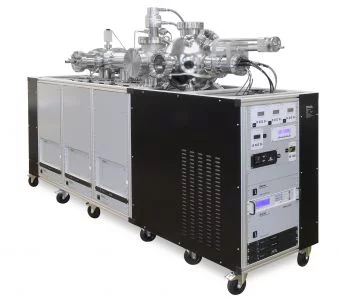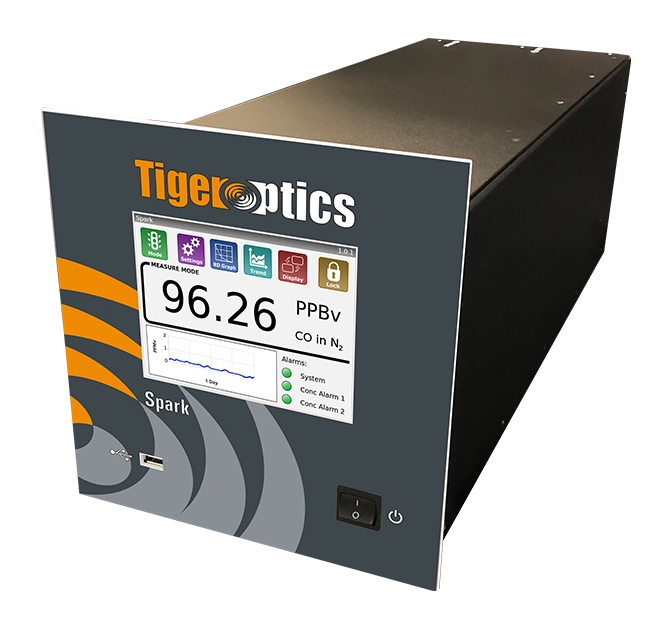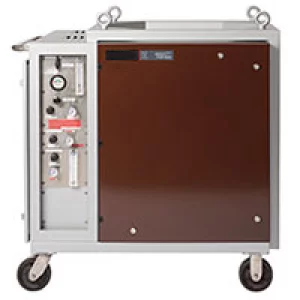SERIES 1300™
ALPHA OMEGA INSTRUMENTS™ Oxygen Deficiency Monitor
Description
UNMATCHED OXYGEN MONITORING TECHNOLOGY & VALUE
A Cost-Effective, Reliable Oxygen Deficiency Monitor with an Extended Life Electrochemical Sensor
Our ALPHA OMEGA INSTRUMENTS™ Series 1300™ oxygen deficiency monitor is a digitally controlled instrument with a measuring range of 0-30%. Oxygen values are displayed to the nearest tenth of a percent on a high contrast front panel liquid crystal display (LCD). The monitor is housed in a resilient polycarbonate, wall-mountable general-purpose enclosure. Standard input power to the Series 1300 is 90-264 VAC, 47-63 Hz. and 18-36 VDC powered systems are available.
The eloquence of the Series 1300 is its simple operation, as well as its ease of expandability. Included are four individually adjustable Form C alarm relays, each rated at 10 amps (250 VAC). The Series 1300 can be programmed to provide a maximum of nine individual alarm events. Two scalable analog outputs (4-20 mADC and 0-20 mADC) are standard, as is RS-232 serial communications. Each Series 1300 includes an internally mounted audible alarm rated at 85 decibels (nominal) as well as visual alarm indicators.
The Oxygen Deficiency Monitor Series 1000 has been replaced with the Series 1300 Oxygen Deficiency Monitor.
The ALPHA OMEGA INSTRUMENTS Series 1300 oxygen deficiency monitor provides several benefits, including:
- Accurate and Reliable: Uses a highly accurate and reliable ^electrochemical sensor to measure oxygen levels, providing continuous monitoring and reliable detection of oxygen-deficient environments.
- User-Friendly: The monitor is easy to use, with a simple and intuitive interface and a large, easy-to-read display. The monitor also features audible and visual alarms to alert users of low oxygen levels.
- Flexible Installation: Can be installed in a variety of applications and environments, including laboratories, industrial facilities, and confined spaces. The monitor is wall mountable making it easy to install and integrate into existing systems.
- Low Maintenance: Requires minimal maintenance, with a long-lasting sensor that requires only periodic calibration and replacement.
- Cost-Effective: Offers a cost-effective solution for oxygen deficiency monitoring, with low operational costs and a long service life.









